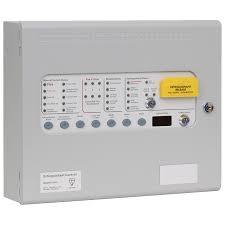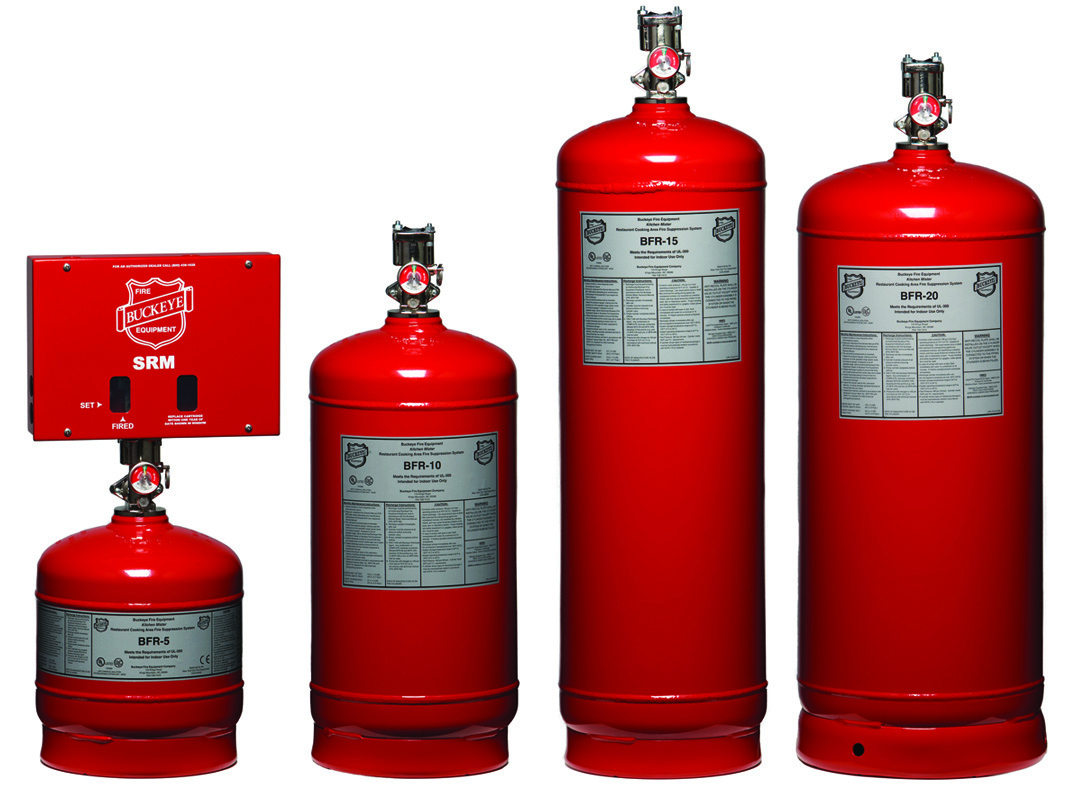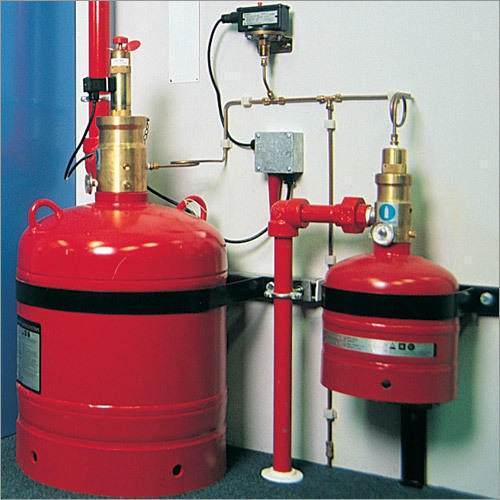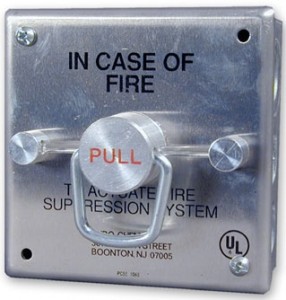 We were recently asked for a list of items that you could connect to a Building Management System (BMS) to monitor a Fire Suppression and Detection System.
We were recently asked for a list of items that you could connect to a Building Management System (BMS) to monitor a Fire Suppression and Detection System.
Here is the answer we e-mailed, if you have any questions please do not hesitate to post them below or contact us.
Q: Thank you for your question regarding “I need a BMS points list and schedule of operation for the IG55 gas suppression?”
A: If I understand correctly you are interfacing an IG55 Fire Suppression System to a Building Management System (BMS). This will we done via the Fire Detection System control panel which controls the actuation of the IG55 Fire Suppression System.
The minimum outputs we would recommend is Fire and Fault. This covers the basics but you could also monitor 1st and 2nd Stage outputs along with Gas Discharged and Low Pressure Fault. These additional outputs are monitored via the Fire Detection Panel anyway so it is debatable if you would need to monitor them separately but the option is there.
Schedule of Operation
- Fire – Operates on the operation of a smoke detector
- Fault – Operates when a fault is detected on the system. This includes Power Faults, Detection Faults, Sounder Faults, Low Gas Fault (if connected), Panel Fault
- 1st Stage – Operates when the first detector is activated
- 2nd Stage – Operated when a 2nd detector activates which is located on separate zone to the first detector (coincidence)
- Gas Discharged – This is operated via a pressure switch located on the pipework
- Low Pressure Fault – This is operated when the cylinder pressure drops below a manufacturers predefined level
The Fire and Fault outputs should also be interfaced into the main building fire alarm system to ensure correct monitoring under BS5839.
Want to know more information on Fire Suppression and Detection interfacing please contact us.






Leave A Comment
You must be logged in to post a comment.